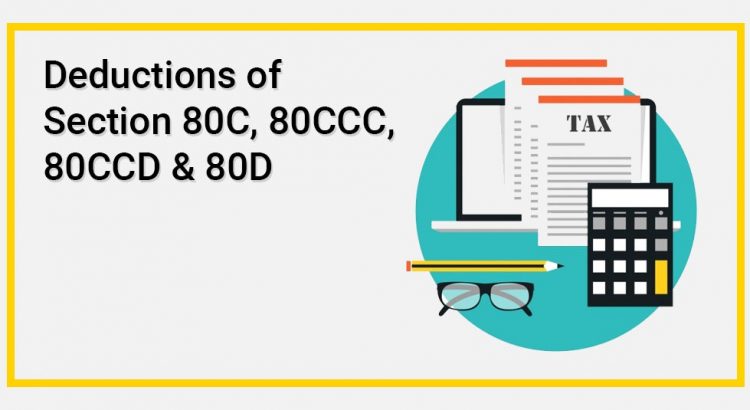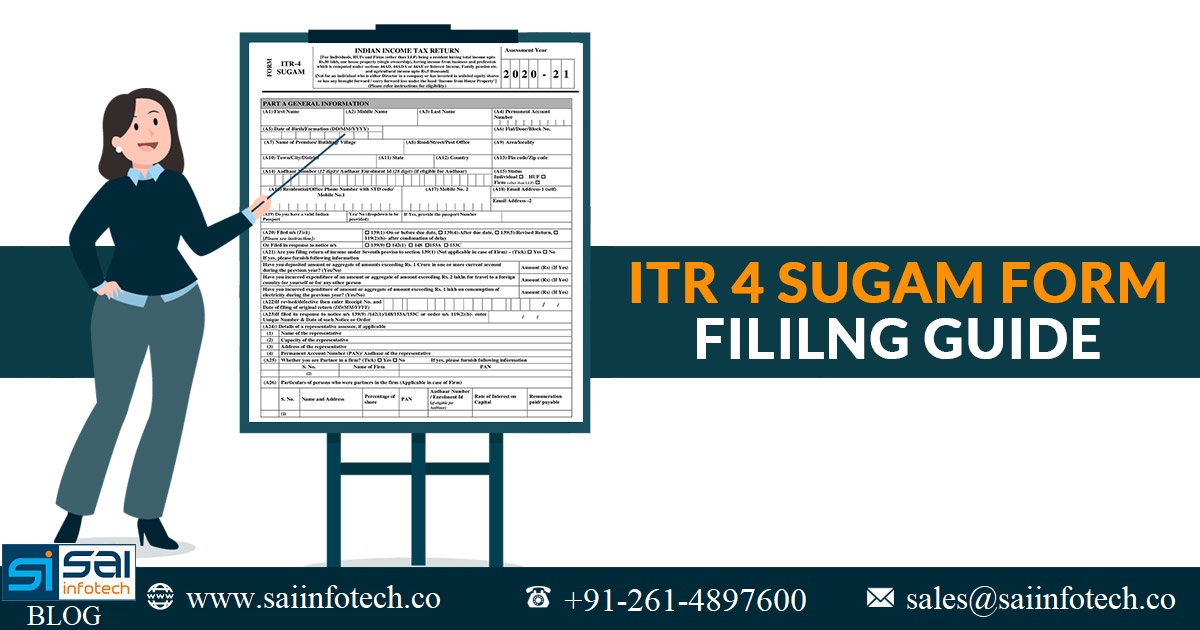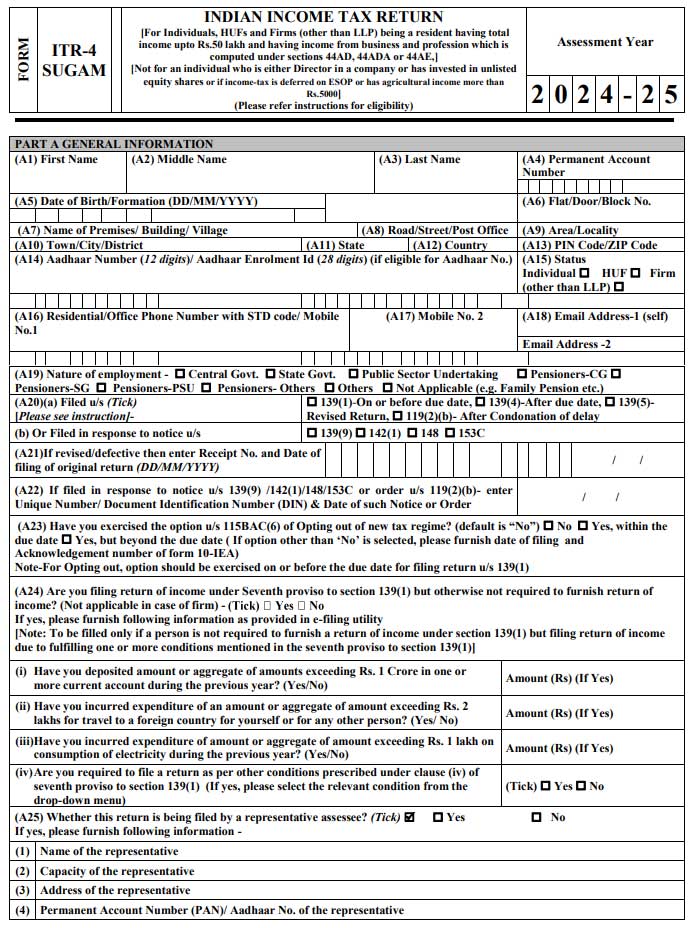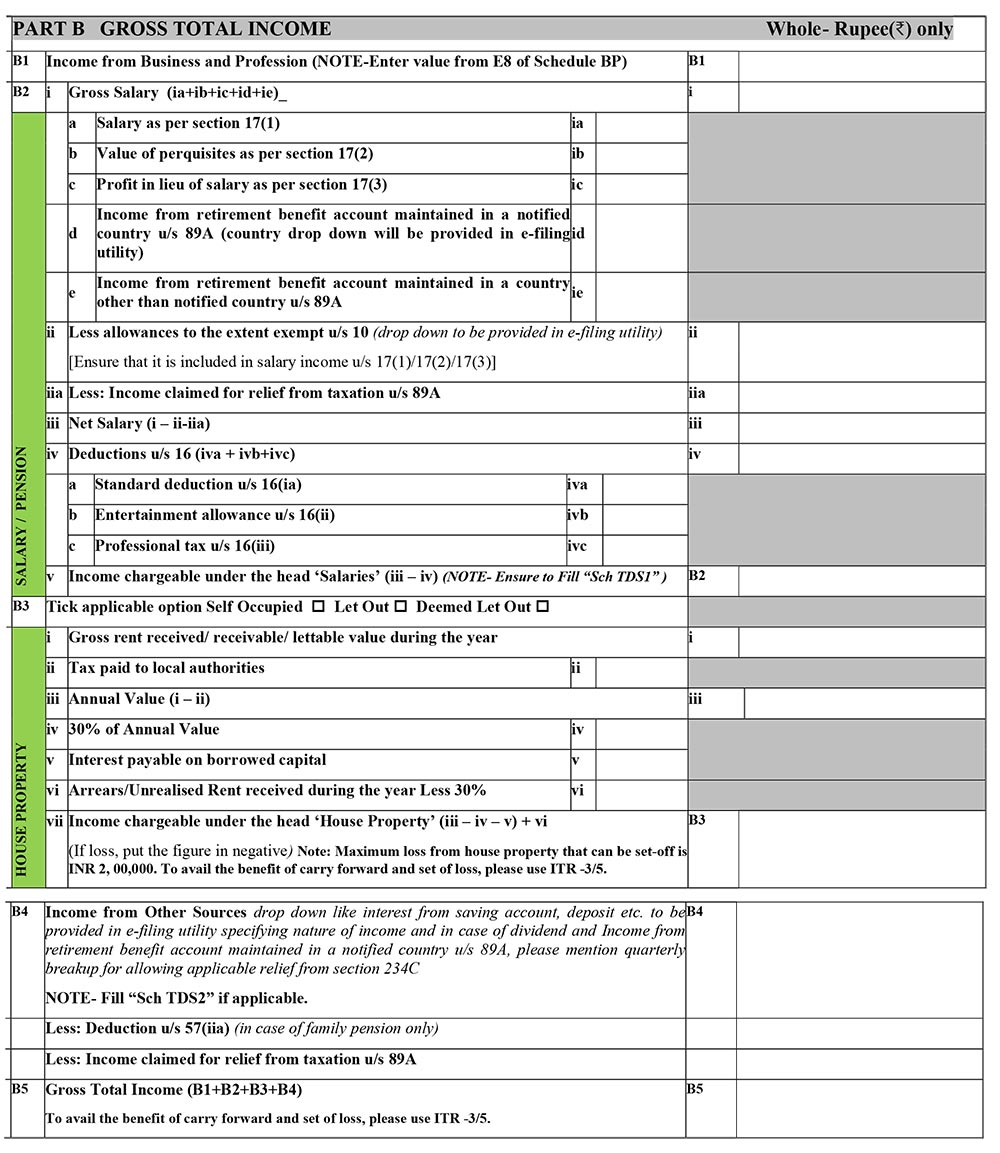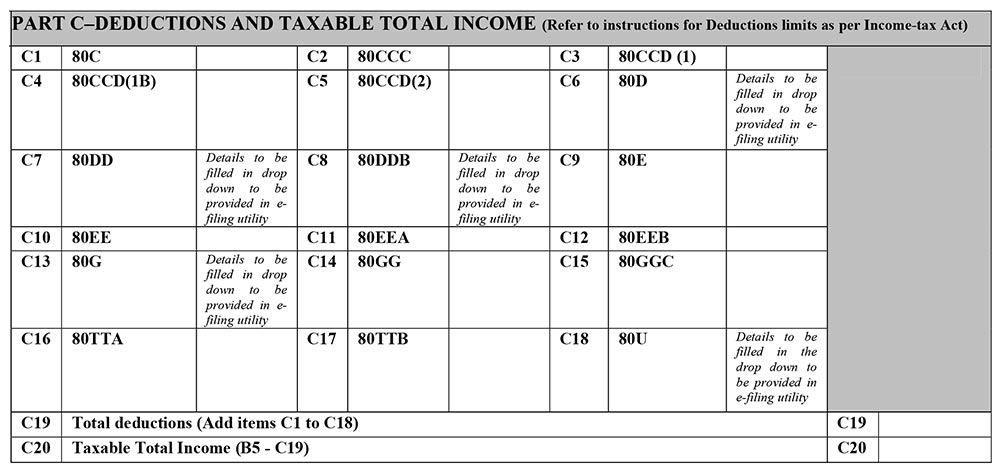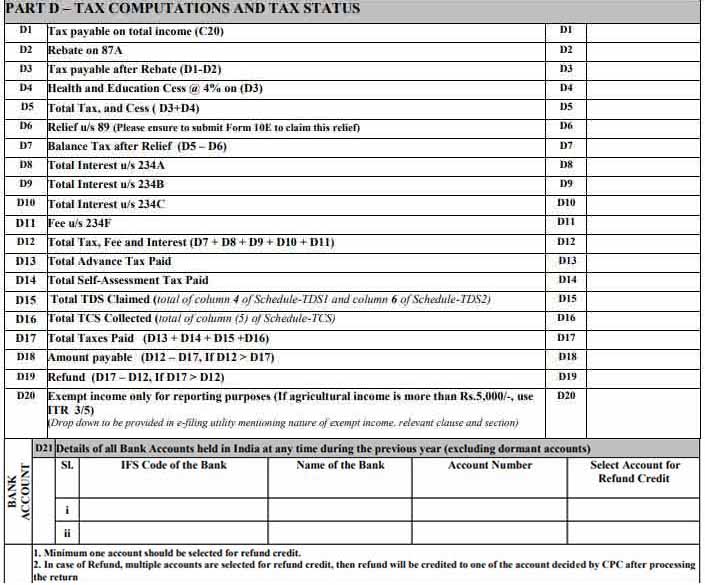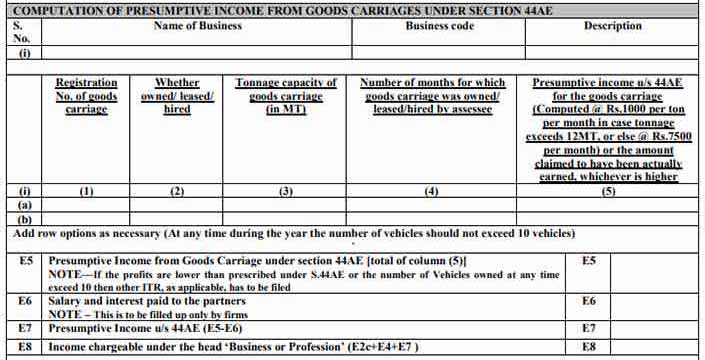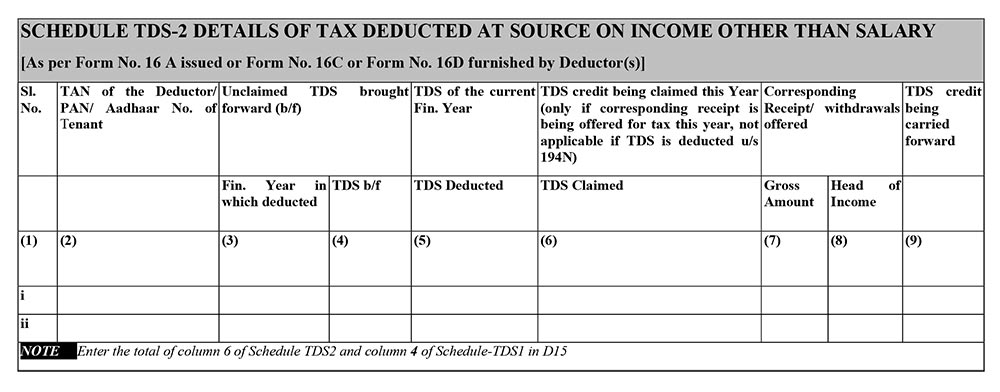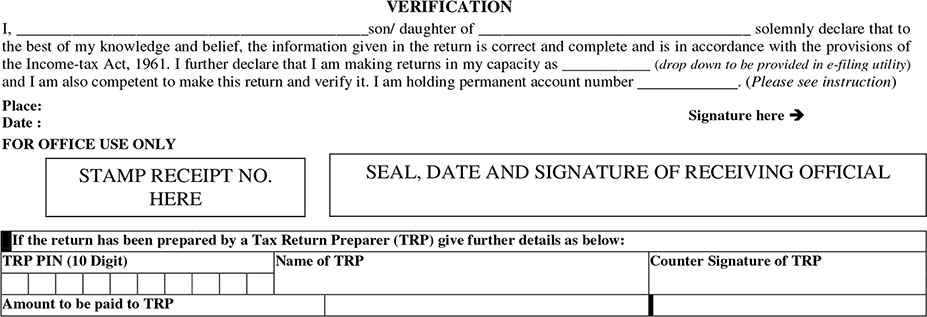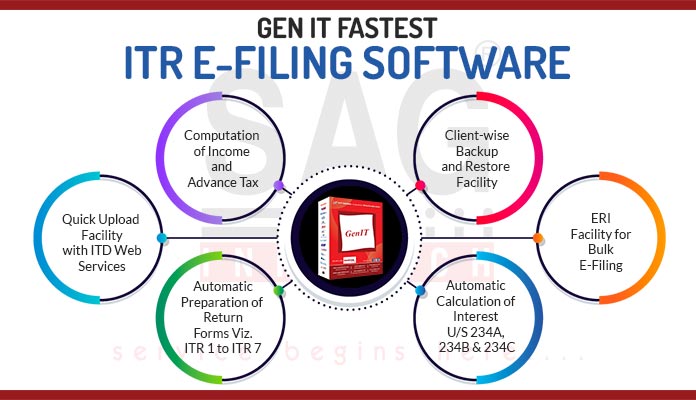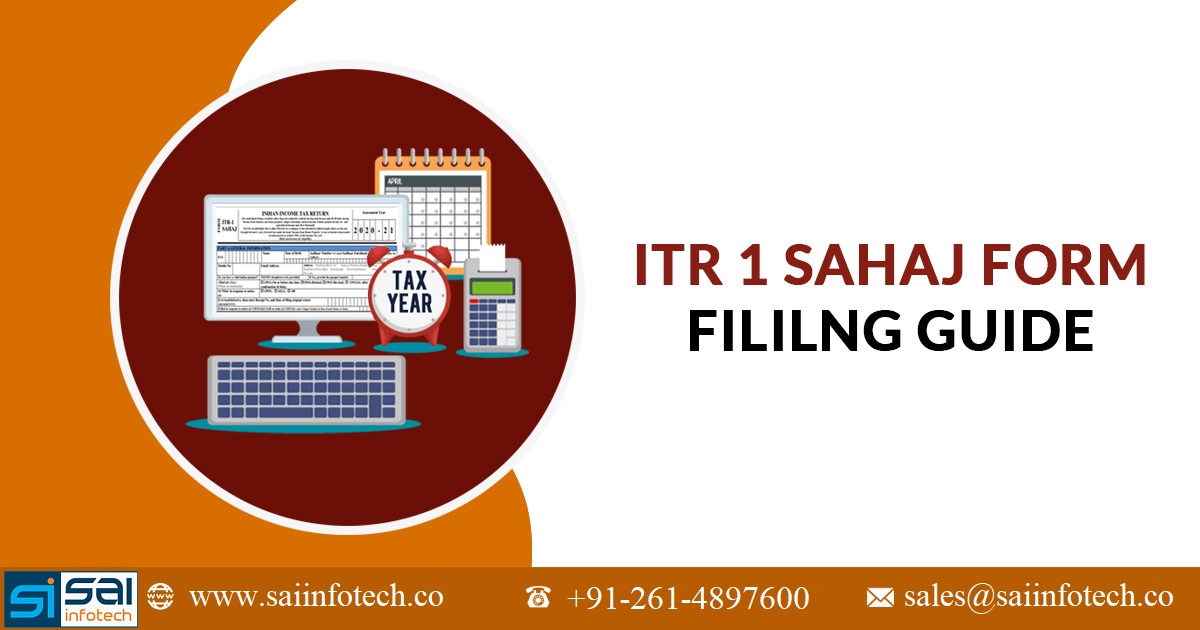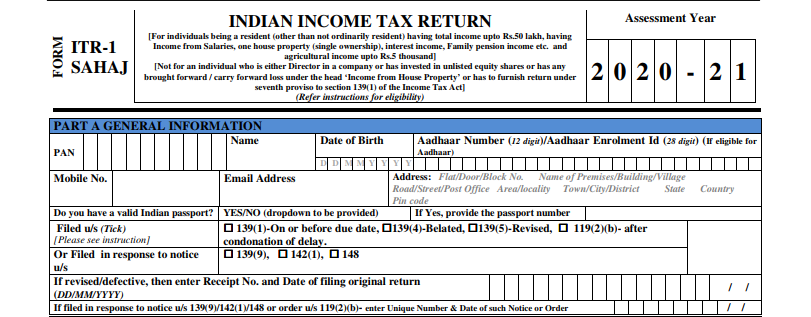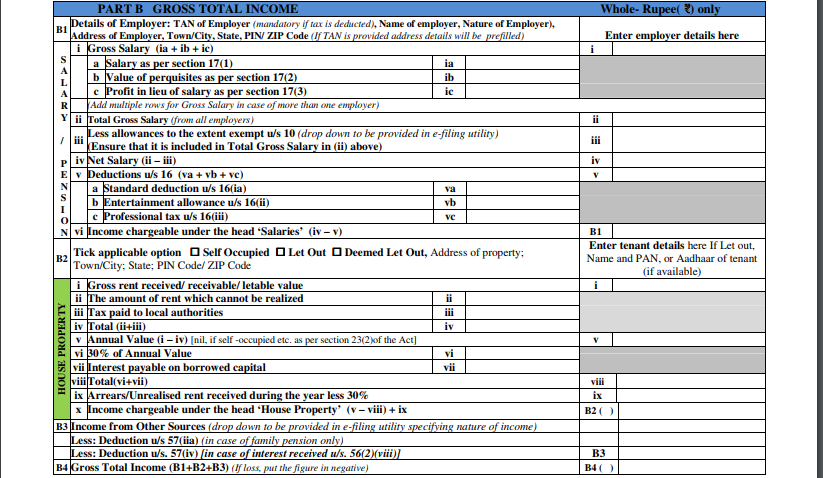A taxpayer may be having liquidity issues and as such, not be in a position to make further investments in tax saving instruments. For such taxpayers, there are certain expenditures, which are also eligible for a tax deduction in the financial year 2019-20.

For a taxpayer in India, March is a critical period for ensuring that due taxes have been paid as well as to check that investments, if required, for tax savings have been done. As any delay or shortfall in payment of taxes would result in levy of interest when the tax is paid later on. Not availing of any eligible deductions (sections 80C, 80D etc.), would result in tax, which could have been saved, being paid to the government
In some cases, the taxpayer may be having liquidity issues and as such, not be in a position to make further investments in tax saving instruments. Such taxpayers need not get disheartened as certain expenditures, which they may have incurred and which are also eligible for tax deduction while computing the tax payable to the government can be claimed. In this context, listed below are such expenses which are eligible for tax relief:
1. Children’s education and hostel allowance and tuition fees: Section 10(14) and Section 80C
Any special allowance towards education of children as well as hostel expenditure (generally referred to as Children Education Allowance & Hostel Allowance) granted to an employee by his/her employer is allowed as an exemption under section 10(14) of the Income-tax Act, 1961. The exemption for children’s education allowance and hostel expenditure allowance is restricted to Rs 100 per month and Rs 300 per month, respectively, up to a maximum of two children.
Also, section 80C of the Act provides that tuition fees paid to any university, college, school or other educational institution situated in India, for the purpose of full-time education of any two children of the employee is eligible for deduction. Any individual taxpayer (salaried and non-salaried both) can avail of this deduction, if any tuition fee as described above is paid for their children. However, the amount allowable as tuition fees does not include payment in the nature of development fees or donation or capitation fees or payment of similar nature. Further, the deduction is not available if payment is made to a foreign educational institution.
It needs to be noted that children education allowance is different from tuition fees. Children education allowance is available as a deduction only if it forms part of the salary component and the taxpayer has actually incurred expenses towards education of his children. The amount of allowances deductible is Rs 100 per month per child, up to two children. However, in case of tuition fees, it is allowable on the basis of actual expenditure incurred for education of children for maximum up to Rs 1.5 lakh under section 80C, even though the same may not form part of the salary component of taxpayer.
2. Leave Travel Allowance: Section 10(5)
Family vacations or planned destination travelling has become more frequent. Section 10(5) of the Act grants deduction towards the leave travel allowance based on provision of the proof of travel and related expenditure, which are further subject to certain conditions. This deduction can be availed only in respect of maximum two journeys within India in a block of four calendar years. The current block now is 2018-21, which a taxpayer should be aware of. Remember, you must submit the proofs to your employer before March 31, 2020 to be eligible to claim this deduction for FY2019-20
If the travel expenditure related proofs are not submitted to your employer, then you will not be able to claim exemption at the time of filing your income tax return (ITR).
3. Deduction in respect of interest on loan taken for residential house property: (Section 80C, Section 80EE and Section 80EEA)
With the high cost of real estate, a lot of people opt for home loans in order to purchase a house property in their names.
Special provision has been carved out for certain first-time homebuyers, wherein the interest component of the equated monthly installments (EMIs) for such a loan can be claimed as a deduction.
As per Section 80EE of the Act, an individual taxpayer is allowed a deduction up to a limit of Rs 50,000 for interest paid on a loan taken from a financial institution, sanctioned during the period April 1, 2016 to March 31, 2017 (loan amount not to exceed Rs 35 lakh) for acquisition of a residential house whose value does not exceed Rs 50 lakh.
Further, any taxpayer who is not eligible to claim the benefit under Section 80EE of the Act can opt for claiming such benefit under Section 80EEA wherein an individual taxpayer is allowed a deduction up to a limit of Rs 1.5 lakh being paid as interest on a loan taken from a financial institution, sanctioned during the period April 1, 2019 to March 31, 2020 for acquisition of a residential house whose value does not exceed Rs 45 lakh.
It is pertinent to note that the above mentioned deductions would not be available to the taxpayer if he owns any other residential house property on the date of sanction of the loan. Moreover, the principal component of the installment can be availed as a deduction under section 80C of the Act and the interest is allowable as a deduction up to Rs 2 lakh in case of self-occupied property
4. Deduction in respect of interest on loan taken for residential house property: (Section 80C, Section 80EE and Section 80EEA)
A deduction every employee should avail the benefit of is the contribution made by the employer under section 80CCD(2) to the notified pension scheme which is not covered within the overall cap of Rs 1.5 lakh for cumulative deductions under sections 80C, 80CCC and 80CCD(1).
Under Section 80CCD(2), an employee can get deduction in respect of employer’s contribution towards his National Pension Scheme (NPS) account up to a limit of 10 per cent of his salary. For this purpose, salary includes dearness allowance, if the terms of employment so provide, but excludes all other allowances and perquisites.
The deduction under Section 80CCD(2) of the Act is in addition to the cumulative deduction available under section 80C, where the overall limit is Rs 1.5 lakh, and 80CCD(1B) which is Rs 50,000.
5. House Rent Allowance: Section 10(13A)
House Rent Allowance (HRA) forms a part of the salary in most cases. Many employees who do not own residential house property or stay away from their own residential house property, can avail of the deduction of HRA based on the actual rent paid by them. With respect to HRA, Section 10(13A) of the Act provides for an exemption of least of the following amounts:
(i) 40 per cent/50 per cent (in case of metropolitan cities) of the salary amount;
(ii) Actual amount received as HRA;
(iii) Amount of rent exceeding 10 per cent of the salary
The employee/taxpayer would have to provide the necessary rent receipts/rent agreements and other details to the employer in order to enable the employer to compute the exemption amount. Even if rent receipts are not submitted to the employer, you can claim the tax benefit on rent paid at the time of filing ITR.
6. Employees’ Provident Fund (EPF)
EPF is one of the deductions which is mandatorily made from the salary of most employees and as such, need to be considered while computing the eligible tax deductions. Employees’ contribution towards a recognised provident fund, which is deducted from their salary on a monthly basis, shall be allowable as a deduction under the overall limit of Rs 1.5 lakh under section 80C. No deduction shall be allowable under section 80C with respect to any employees’ contribution towards an unrecognised provident fund.
7. Standard deduction on Salary
The other deduction, which is mandatorily available, is the standard deduction up to Rs 50,000 for all salaried employees. This deduction is considered by the employer while computing tax liability of each employee. This deduction is available at the time of filing ITR. However, while planning your taxes for FY 2019-20, you must consider standard deduction as well to compute your total tax liability.

